What are the process technologies for lithium battery separator industry?
The production process of lithium battery separators is complex and the
technical barriers are high. Lithium battery separator is the key inner
component in lithium batteries. Key properties such as battery capacity, cycle
performance, and charge and discharge current density are directly related to
the separator. The improvement of separator performance plays an important role
in improving the overall performance of lithium batteries.
What are the process technologies for lithium battery separator
industry?
There are currently four main industrialized lithium battery separator
manufacturing technologies: wet method, dry method, semi-dry method and
non-woven method. There are further classifications of wet and dry methods.
1. Wet technology
Lithium battery separator wet process technology is mainly used in the
manufacture of polyethylene (PE) separators. Since the process requires the use
of paraffin oil mixed with PE to occupy the space and create holes, and it needs
to be removed by solvent extraction after the stretching process, so the process
is called a wet method. Wet technology involves stretching the film in 2
directions and is therefore divided into simultaneous stretching and
step-by-step stretching.
There is an ongoing debate as to whether synchronized stretching or split
stretching is more advanced. The dispute is reflected in aspects such as product
quality, efficiency, and process adaptability. Comparing the microscopic
morphology of the product, the separator manufactured by the simultaneous
stretching process has higher porosity, more uniform pore distribution, and
better thickness uniformity;
At the same time, the products produced by simultaneous stretching have
uniform strength, higher yield, and theoretically better overall performance. If
compared in terms of production efficiency, lithium battery process
adaptability, etc., it is not possible to judge the advantages and disadvantages
for the time being. The only difference is the difference in equipment levels
and process maturity of different companies. Judging from user feedback, the
difference in performance between the two products is not obvious.
2. Dry technology
Dry technology is mainly used in the manufacture of polypropylene (PP)
separators. Dry technology mainly includes three process technologies: blown
film + uniaxial stretching, cast sheet + uniaxial stretching and biaxial
stretching. Relatively speaking, dry technology has simpler processes, lower
equipment costs, and lower production efficiency than wet technology.
3. Semi-dry technology
The semi-dry method is used in the manufacture of polyethylene (PE)
separators and is a newly introduced method in recent years. It also uses a
pore-forming agent to occupy the space and then removes it using evaporation.
The non-woven method (Non-Woven) is currently mainly used in the manufacture of
polyester (PET) non-woven fabrics and ceramic particle composite separators. The
inevitable large pores in non-woven fabrics bring a high risk of short circuit
to the composite separator. This defect restricts the application of non-woven
separators and requires breakthrough improvements in process technology.
4. Non-woven fabric method
Non-woven separator substrates are usually made of polyethylene
terephthalate (PET, with a melting point of up to 225°C) and polyimide (PI, with
a melting point of over 500°C), which have obvious advantages in heat
resistance. At the same time, due to its three-dimensional hole structure, it
can effectively avoid short circuits caused by acupuncture and improve the
liquid retention rate.
At present, domestic and foreign companies have achieved a lot of results
in the research, application and performance optimization of non-woven
separators, but there are no successful cases of large-scale commercial
application in lithium-ion batteries.
Development trends of lithium battery separator technology
The development of power batteries has clarified the direction and put
forward specific requirements for the development of separators. The development
of power batteries focuses on three aspects: increasing energy density, ensuring
safety, and reducing costs. The specific energy of the single unit reaches more
than 300Wh/kg, the specific energy of the system strives to reach 260Wh/kg, and
the cost is reduced to less than 1 yuan/Wh.
Correspondingly, the requirements for lithium battery separators are from
two aspects: higher safety, and more conducive to battery performance. From the
perspective of benefiting the performance of lithium batteries, it is necessary
to further optimize the structural characteristic parameters and consistency of
the separator. For example, thickness, reasonable value of porosity, optimized
pore size, optimized pore size distribution, etc. In addition, the consistency
of the diaphragm is always a core issue in large-scale production.
Lithium battery separators mainly include polyolefin separators and
non-woven separators. Polyolefin materials have excellent mechanical properties,
chemical stability and relatively cheap characteristics. Therefore, polyolefin
microporous membranes such as PE and PP have been widely used in the early
stages of lithium battery research and development, and have become the
mainstream direction of lithium battery separators.
Read recommendations:
Coin Battery CR 2032
Comparison between cylindrical lithium battery and soft packed lithium battery
Lithium-Ion Batteries for Electric Vehicles
18650 lithium-ion battery
NiMH No. 7 battery

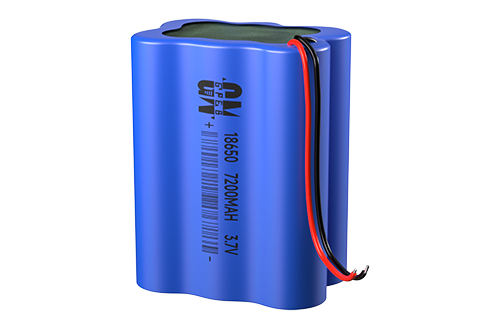

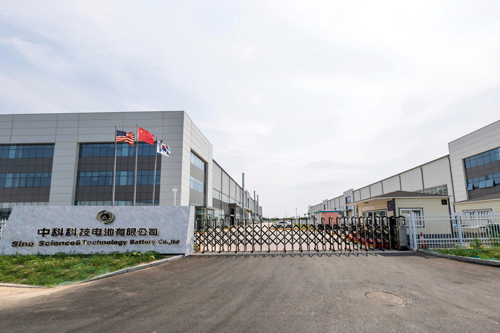



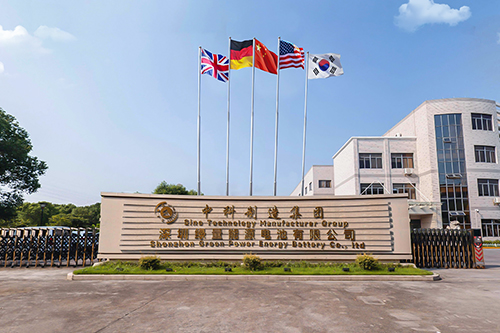

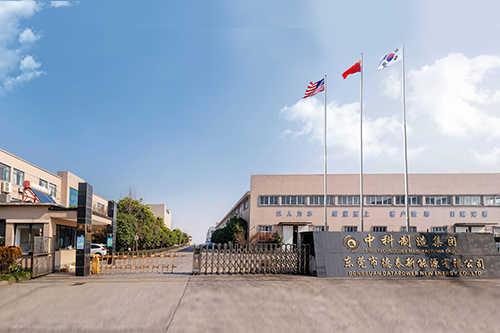



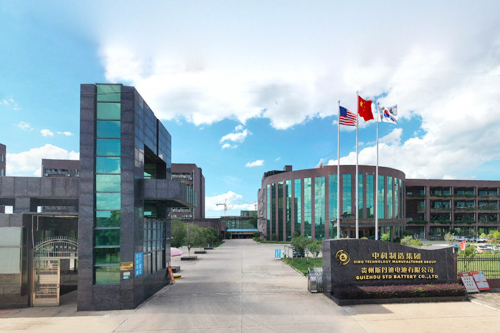



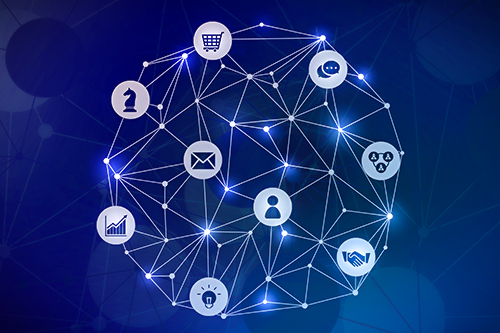


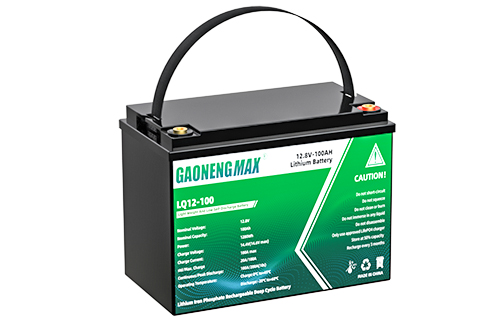


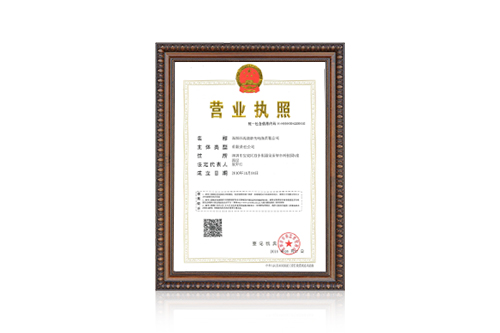

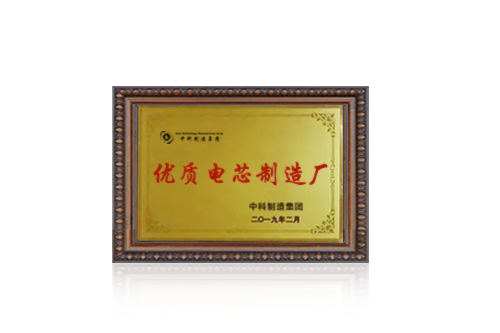
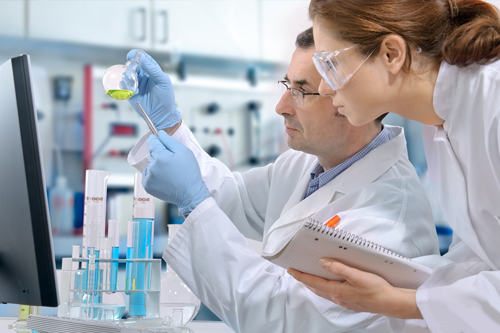


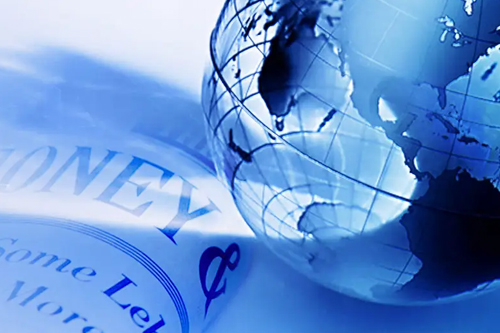













 360° FACTORY VR TOUR
360° FACTORY VR TOUR
 Whatsapp
Whatsapp
 Tel
Tel Email
Email TOP
TOP